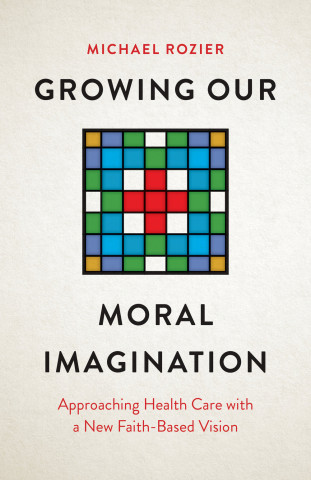
Reviews
Though they cover a scholarly terrain that is already well trod, O'Keefe and Reno consistently offer fresh insights and new perspectives.
Will explain to a wide readership the principles of patristic exegesis. It will also waken admiration for the Fathers' unflagging fascination.
A well-written and easily accessible introduction to aspects of patristic exegesis.
An excellent starting point for engaging this rich body of early Christian literature.
Book Details
Preface
1. Scriptural Meaning Modern to Ancient
2. Christ Is the End of the Law and the Prophets
3. Intensive Reading
4. Typological Interpretation
5. Allegorical Interpretation
6. The Rule of Faith and the
Preface
1. Scriptural Meaning Modern to Ancient
2. Christ Is the End of the Law and the Prophets
3. Intensive Reading
4. Typological Interpretation
5. Allegorical Interpretation
6. The Rule of Faith and the Holy Life
Notes
Bibliography
Index





